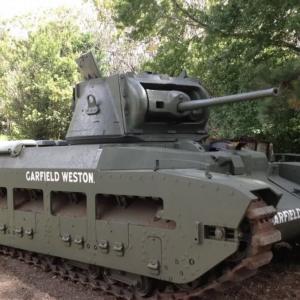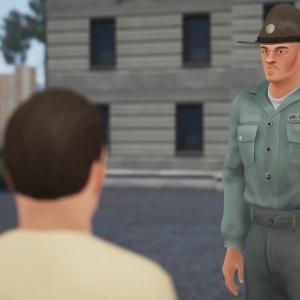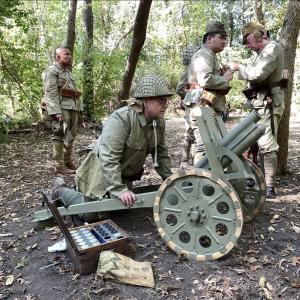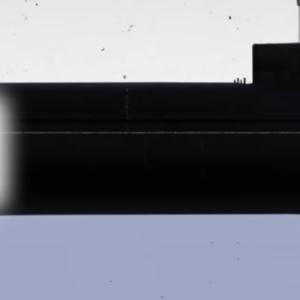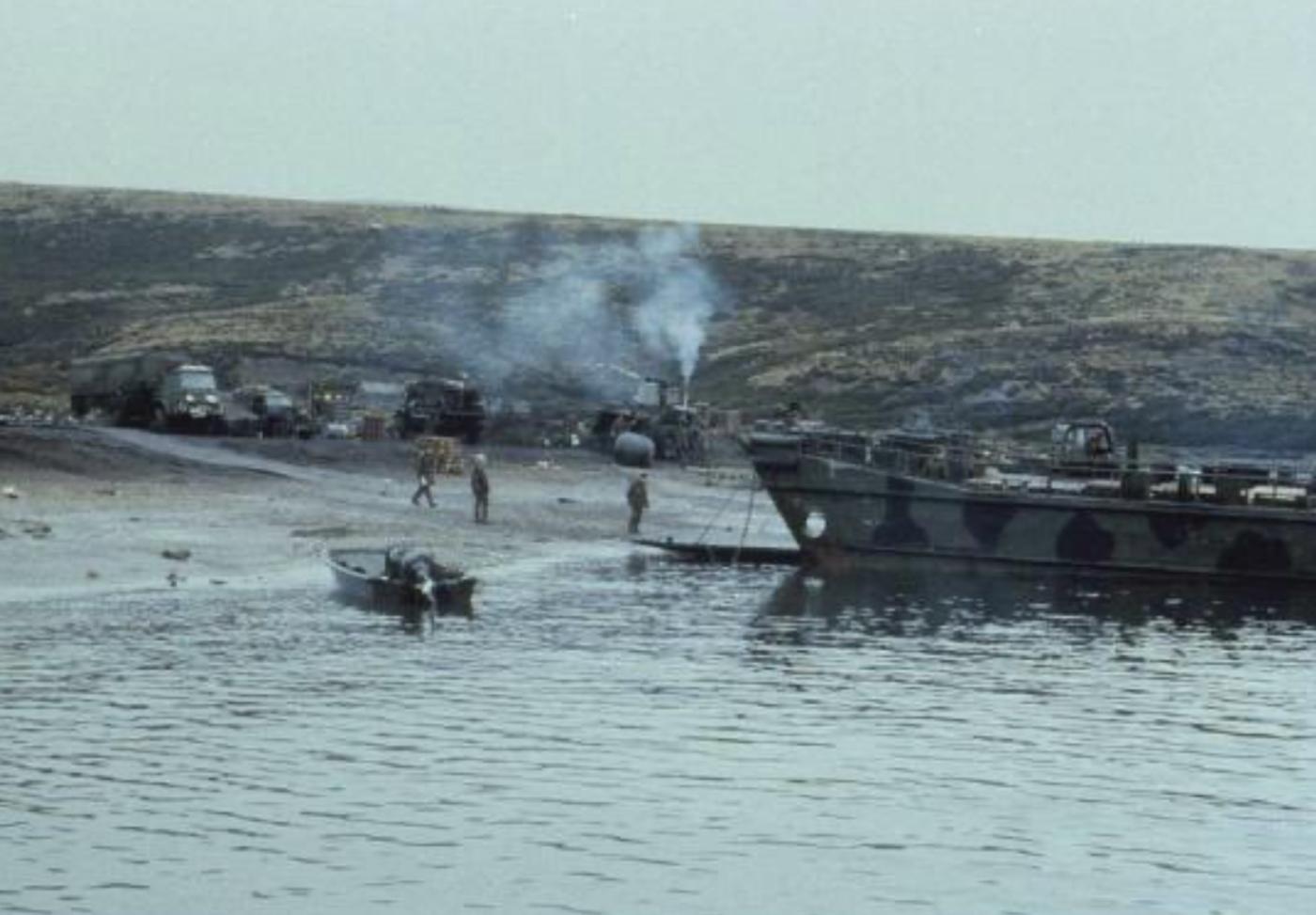
Operation Sutton Falklands War
On May 21, 1982, British forces launched Operation Sutton, the long-planned amphibious assault aimed at retaking the Falkland Islands from Argentine control. The operation commenced in the early hours of the morning under the cover of darkness, targeting San Carlos Water on the western coast of East Falkland. This sheltered inlet was chosen for its relative seclusion and defensibility, yet its strategic position allowed for subsequent overland movements toward the key settlements of Goose Green and Port Stanley.
The British Amphibious Task Group, commanded by Commodore Michael Clapp, comprised a mix of Royal Navy warships, amphibious assault ships, and logistic support vessels. Air cover was provided by Sea Harrier jets from the aircraft carriers HMS Hermes and HMS Invincible, although they had to contend with formidable Argentine air power.
The first British units to go ashore belonged to 3 Commando Brigade, commanded by Brigadier Julian Thompson. Approximately 4,000 troops were landed in the initial assault phase, divided across three designated landing zones along the inlet: Blue Beach at San Carlos, Green Beach at Port San Carlos, and Red Beach at Ajax Bay.
At Blue Beach, 2nd Battalion, Parachute Regiment (2 Para), disembarked from the roll-on/roll-off ferry Norland, while 40 Commando Royal Marines landed from the amphibious ship HMS Fearless. Green Beach saw 3rd Battalion, Parachute Regiment (3 Para) come ashore from HMS Intrepid. Meanwhile, Red Beach received 45 Commando Royal Marines, who landed from the logistic support ship RFA Stromness.
42 Commando, also part of 3 Commando Brigade, was held in tactical reserve aboard the converted cruise liner SS Canberra, ready to deploy if and when needed.
In support of the infantry assault, a wide array of heavy equipment, artillery, vehicles, and support weapons were landed to establish a secure beachhead and prepare for inland operations. The logistical component of the landing was crucial, given the remote and austere nature of the Falklands environment.
Landing Craft Utility (LCUs) and Landing Craft Vehicle and Personnel (LCVPs) were used in continuous waves to ferry troops and materiel from ship to shore. These were supported by the larger Landing Ship Logistics (LSLs), such as HMS Sir Galahad, Sir Lancelot, and Sir Tristram, which carried stores, vehicles, and heavy weaponry.
One of the most critical pieces of equipment landed on day one was the 105mm Light Gun, operated by 29 Commando Regiment Royal Artillery. These artillery units were essential for providing fire support once British forces moved inland. The guns were transported ashore by Sea King helicopters, using sling loads to minimize time on the vulnerable beaches.
Surface-to-air defense was a key concern due to the Argentine Air Force's expected response. Rapier missile launchers, forming part of the Royal Artillery's air defense assets, were also flown in by helicopter and emplaced quickly to provide point defense against low-flying aircraft.
Armoured reconnaissance vehicles, such as the Scimitar and Scorpion light tanks of the Blues and Royals, were unloaded using mexeflote rafts—modular floating platforms that allowed heavier vehicles to be transported from ships without dedicated landing craft.
Approximately 520 troops and over 400 tons of supplies were brought ashore via helicopter alone on the first day. The success of this initial logistics push was vital in maintaining the momentum of the landing force.
Following the successful establishment of the beachhead, British forces expanded their positions around San Carlos Water. Units moved to secure key high ground and prepared to advance eastward across East Falkland. Engineers began constructing defensive positions and supply depots while continuing to offload critical materiel.
Argentine air attacks began almost immediately after dawn, turning San Carlos into what British troops came to call “Bomb Alley.” Despite the heavy aerial assaults, British ships and landing zones held firm. The effectiveness of the Rapier missile systems and the defensive tactics of the Royal Navy played a key role in minimizing losses during this vulnerable phase.
The initial landing on May 21 set the stage for the subsequent British ground campaign. The swift and coordinated deployment of infantry, artillery, and logistics ensured that British forces gained a critical foothold on the islands. Over the following days, more units and equipment would come ashore, and the push toward Goose Green and eventually Port Stanley would begin in earnest.
The success of the San Carlos landings was a testament to detailed planning, disciplined execution, and the adaptability of British forces operating far from home. Despite the dangers, the operation was a decisive step toward regaining control of the Falklands.

